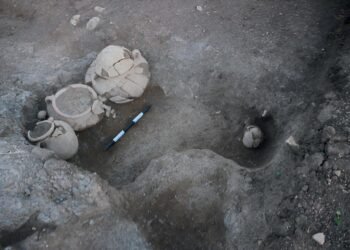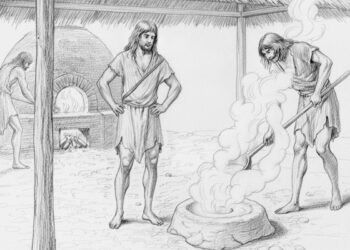A new study co-authored by a George Washington University research professor examines the Inca Empire’s (also known as the Incan Empire) tools of culture and control through a well-preserved piece of clothing recovered in a centuries-old Chilean cemetery.

Researchers excavating a burial site along Caleta Vtor Bay in northern Chile discovered a tunic, or unku, which would have been worn by a man who commanded respect and prestige in the Inca Empire.
Unkus were mostly standardized attire that met technical and stylistic specifications imposed by imperial authorities.
The Caleta Vítor unku, however, goes beyond the strict mandates handed down by Inka leaders. While the artisans who produced this unku clearly followed imperial design standards, they also included subtle cultural tributes unique to their provincial homeland.

Whoever weaved the Caleta Vtor unku resided hundreds of miles south of Cusco, in an area absorbed into the Inca Empire in the late 15th century.
The weaver employed the techniques, style, and imagery of an indigenous culture that existed long before the Inca conquest, creating a tangible symbol of provincial life in pre-colonial South America.
“It represents a study of a rare example of an excavated Inca unku tunic, whose context and technical features are providing an unprecedented understanding of imperial Inca influence in the provinces,” according to Jeffrey Splitstoser, an assistant research professor of anthropology at GW and study co-author.
Provided by George Washington University. Note: Content may be edited for length, style and clarity..
More information: Jacqueline Correa-Lau et al, (2023). Inka Unku: Imperial or provincial? State-local relations, PLOS ONE. DOI: 10.1371/journal.pone.0280511























